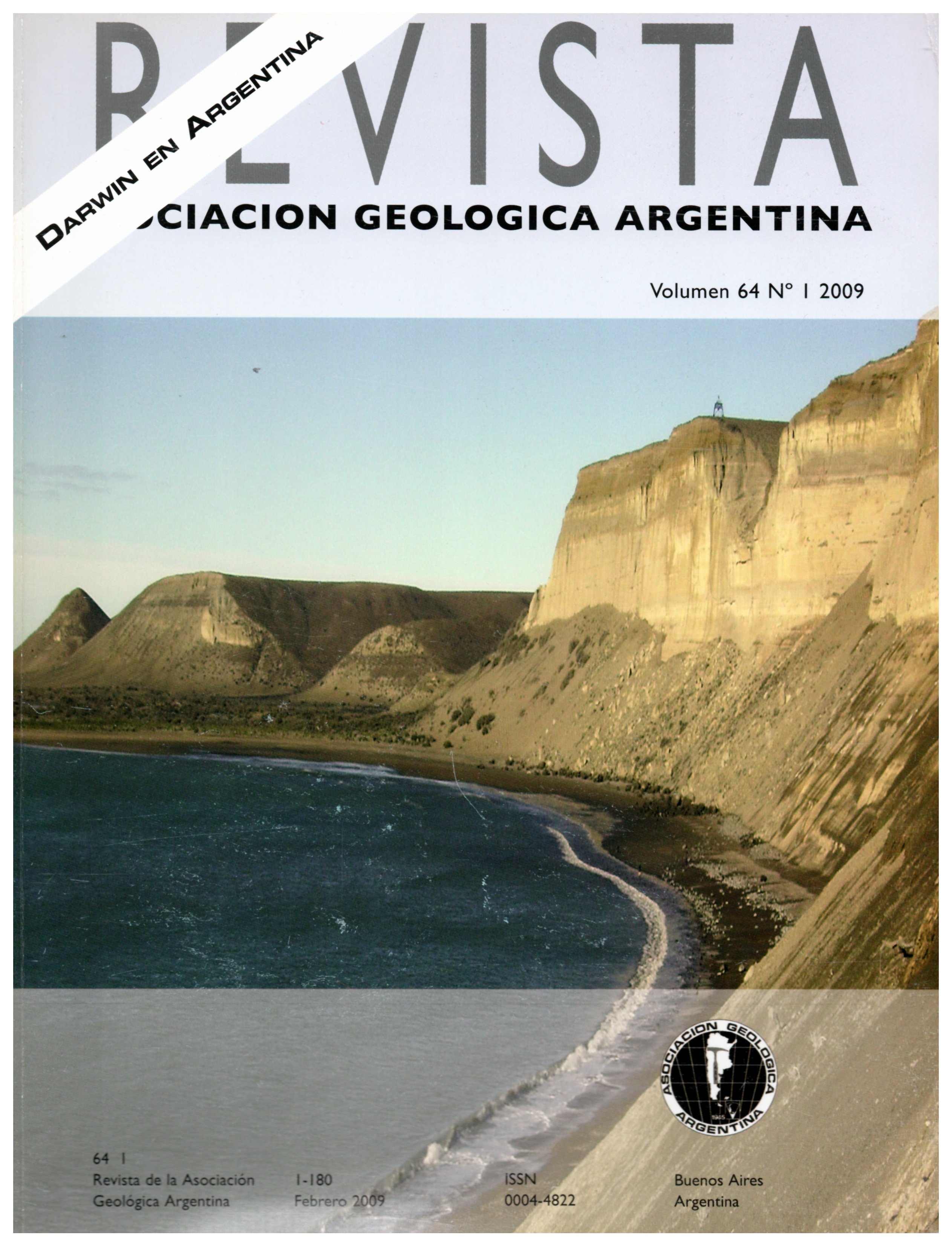Darwin's observation in South America: what did he find at agua de la zorra, Mendoza province?
Main Article Content
Abstract
Scarcely 23 km from Uspallata, along the track of the old national highway 7, lies the district of Agua de la Zorra, in Mendoza province in western Argentina. Charles Darwin visited the area during his South American journeys in the 19th century and discovered a geological sequence that contained a paleoflora never described before. The flora includes an important number of species, particularly what is considered a small conifer forest with many silicified trunks still in life position. Darwin described and interpreted the sequence as sedimentary; his records show a very detailed level of observation. He also wondered about the processes that would cause the burial of the paleoflora, which he considered had happened in a marine sedimentary environment. In the modern geological framework and after a detailed study of the rocks containing the trunks, it is now interpreted that the conifer forest was buried by pyroclastic flows. Darwin accurately described the fine volcanic materials as an essential part of the deposit, but the key of the enigma about the origin of the deposits and the burial of the forest is the identification of the pyroclastic flow features; these were unknown process at the time of Darwin´s observations and interpretation.
Article Details

This work is licensed under a Creative Commons Attribution-NonCommercial 4.0 International License.
Nota de copyright
Los autores conservan los derechos de autor y garantizan a la revista el derecho de ser la primera publicación del trabajo licenciado según una licencia de atribución Creative Commons que permite a otros compartir el trabajo con el reconocimiento de la autoría y de la publicación en la que se publicó por primera vez.
Declaración de privacidad
Los nombres y direcciones de correo electrónico introducidos en esta revista se usarán exclusivamente para los fines declarados por esta revista y no estarán disponibles para ningún otro propósito u otra persona.

